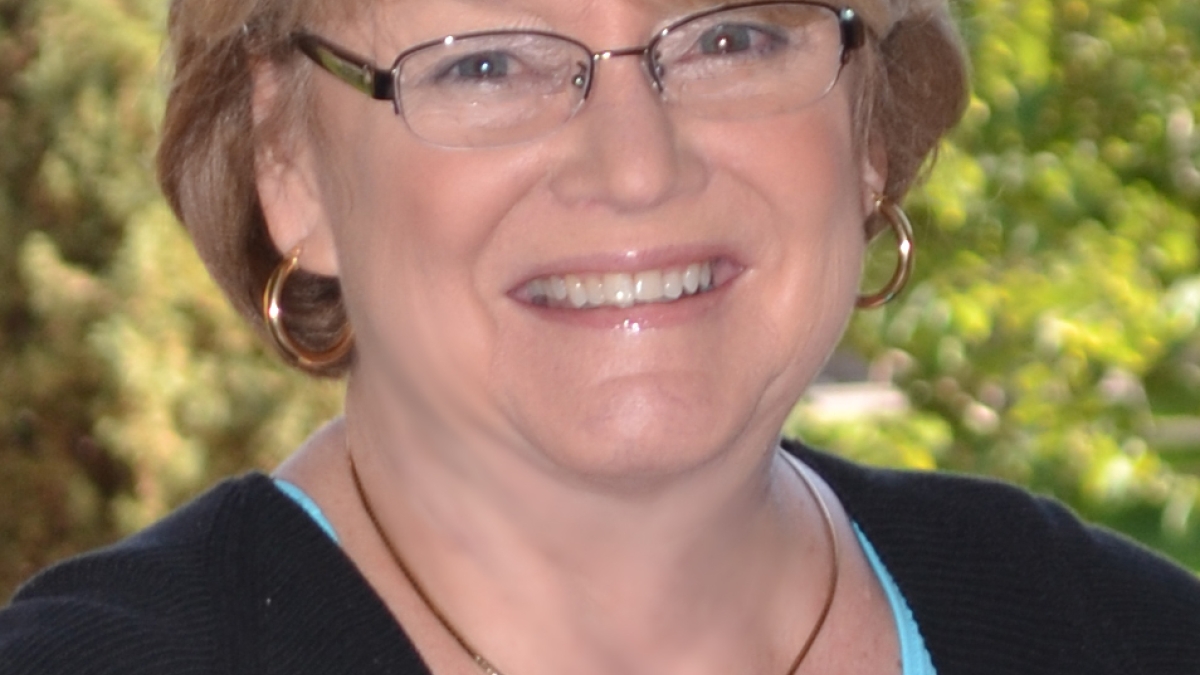Public history doctorate program launches new career for graduate

What do Arizona towns like Gilbert and Surprise have in common?
The answer is part of a research project that Carol Palmer began when she joined Arizona State University’s public history program. She is graduating with a doctorate from the School of Historical, Philosophical, and Religious Studies in the College of Liberal Arts and Sciences.
“I always wanted to get a doctorate in history, but a career in the telecommunications industry sidetracked me for 30 years,” she says. “Finally achieving that goal means I get to start a second career in a field I truly love.”
Palmer decided to focus her doctoral dissertation on the evolution of community identity in Surprise, a town that evolved from a farm labor camp to a hyper-growth 21st century suburb. “Hyper-growth suburbs such as Gilbert and Surprise (also known as boomburbs) have become increasingly important in the urban landscape,” says Palmer.
Boomburbs are a relatively recent phenomenon first studied by researchers Robert E. Lang and Jennifer B. LeFurgy. Since 1990, according to their research, boomburbs account for half of all growth in cities with a population between 100,000 and 400,000, and that percentage is growing.
In her dissertation, “Reimagining Surprise: The Evolution of a Twenty-First Century Boomburb, 1938-2010,” Palmer examines the internal and external factors that shaped the meaning of community in the town’s first decades. Palmer also identifies the actions and decisions that undergirded its hyper-growth at the start of this millennium. Between 2000 and 2008, Surprise tripled in size, surpassing 100,000.
While Palmer was working on her master’s and doctorate at ASU, she also researched and wrote a community history book for the City of Surprise, interned in the public history program where she contributed to the State Archives collection on women who fought for the ratification of the equal rights amendment, and was awarded the Lattie and Elva Coor Building Great Communities graduate fellowship in recognition of her contributions to the Surprise history project. She also received the 2012 fall Completion Fellowship from the Graduate College to complete her dissertation.
“ASU has a nationally recognized public history program,” says Palmer. “The opportunities available through this program are amazing.”
With Palmer’s four degrees – a bachelor's from Western Oregon University, an MBA from the University of Oregon, a master's and now a doctorate from ASU – she plans to launch a “hybrid career that combines some teaching with public history projects and consulting.”
Michele St George, michele.stgeorge@asu.edu
Graduate College